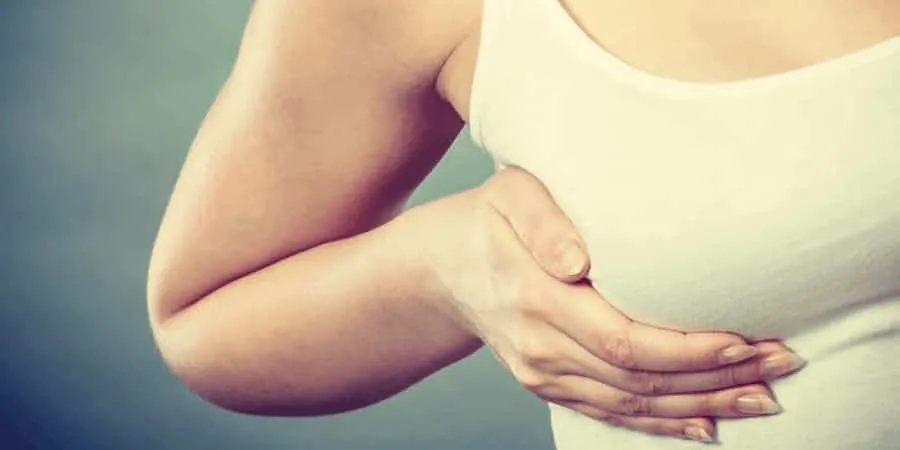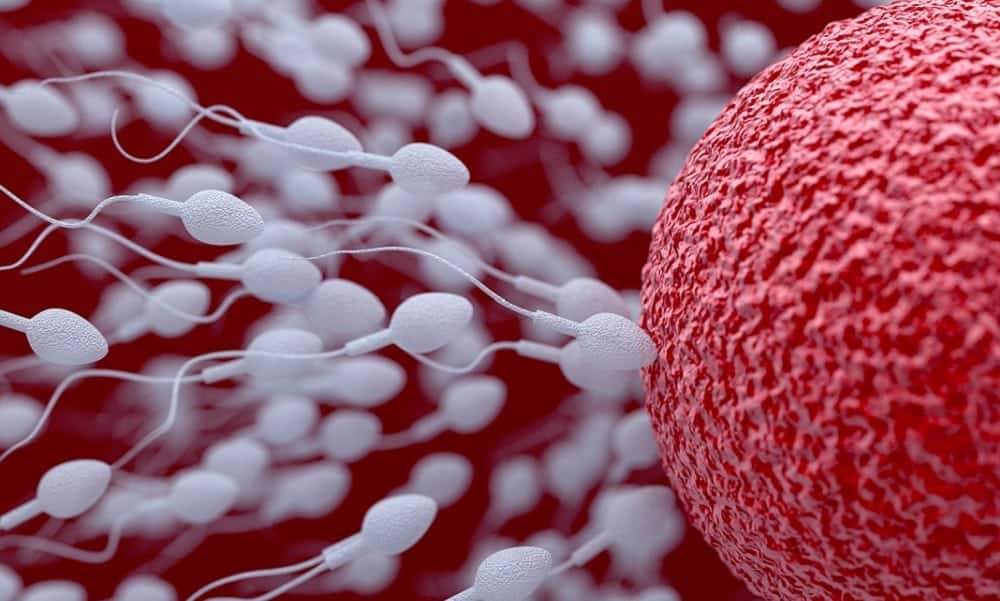Do you know when you are ovulating? Your body sends signals! Check out 8 “symptoms” that you are in your fertile period and how to calculate it:
Everyone knows that non-pregnant women of reproductive age must menstruate every month. But does everyone know why this happens? According to experts, this entire internal process, called the menstrual cycle, is part of preparation for reproduction and encompasses the fertile period, that is, the time of the month when women can become pregnant.
And, although the fertile period occurs 14 days before the next menstruation, the truth is that each woman has her fertile period at a different stage. This stage, in fact, is dictated by the length of the menstrual cycle.
Women who have shorter cycles, for example, ovulate earlier. Meanwhile, those with longer cycles ovulate later. This occurs because the menstrual cycle is divided into two phases: follicular and luteal. In the first case, ovarian follicles develop; in the second, the body prepares for a possible pregnancy. These two periods are divided precisely by ovulation.
But, complications aside, the truth is that counts are not always the only way to determine whether or not a woman is in her fertile period. So, as you will see below, the female body itself is responsible for giving signals that something is happening internally. In other words, it is possible to get pregnant.
Know the “symptoms” that you are in your fertile period
A woman’s body is something incredible, after all, it is capable of generating life. But, in addition, it can do many things, such as, for example, signaling when a woman may be in her fertile period. Therefore, in addition to calculating the days of menstruation, you can also pay attention to these symptoms
1. Pain in the lower abdomen

A pain that is not very strong, such as mild discomfort in the lower abdomen, for example, could be a sign of ovulation. It happens when the egg breaks through a structure that surrounds it inside the ovary. But, there are a lot of women out there who don’t feel anything either.
2. Characteristic secretion

During the fertile period, every woman notices an increase in secretion in the intimate region, which becomes thicker, more elastic and slightly whitish, much like an egg white. This is a sign that the body is prepared for fertilization and this secretion has the task of helping the sperm reach the egg.
3. High libido

To “help nature”, during the fertile period, female desire tends to be high. As the body is ready for fertilization, female hormones work to make her more attractive and willing to have a relationship.
4. Increased body temperature

It is common for a woman’s body temperature, called basal, to increase by half a degree during ovulation. This symptom is very helpful for couples who are trying to get pregnant, as the temperature can be monitored by a thermometer from the first day of the menstrual cycle.
5. Pimples appear

Another characteristic symptom of the beginning of the fertile period is the appearance of pimples, which is very common. This happens because at this stage of the month, women’s skin tends to become more oily, consequently favoring the appearance of pimples. In fact, this happens even in women who are past their teenage years.
6 – Emotional instability

Furthermore, a sign that is quite common in the fertile period is greater irritability and mood changes. Which is explained by the hormonal changes that women go through during this period.
7 – Weight in the breasts

It’s not as if the breasts are heavier than normal, but during this period it’s common to feel a slightly uncomfortable feeling of heaviness in the breasts.
8 – Increased appetite

Another symptom caused by hormonal changes. Therefore, at this stage it is common for women to feel hungrier than usual.
How to calculate the fertile period?

First of all, you need to know how long your menstrual cycle lasts. Generally, the first day is when your period starts. From then on, the interval until the start of each period is your menstrual cycle. It is important to note that the fertile period lasts only 6 months, starting between 10 and 14 days after the first day of menstruation.
Regarding the duration of the menstrual cycle, in the case of a regular cycle it lasts between 25 and 30 days. Even if your cycle has a different length but varies between this time frame, it is still considered regular.
If you are not a “regulated” person and your period varies from month to month, monitor the intervals every three months and try to calculate what the average time is from there. Your gynecologist, in fact, can help you with this.
Now, starting from the premise that you already know the duration of your cycle and calculating when it starts is simpler than you might think:
1. Subtract 14 days from your menstrual cycle number. This reveals the day of your ovulation.
2. The fertile period is the 6-day interval that ends on the day of ovulation. To find out exactly when this is, take the result from the previous account, count back 5 days and you will find out.
Knowing when the fertile period begins is essential, especially for women who are trying to get pregnant. So, if the calculation doesn’t work, nor do the symptoms, it is possible to take an ovulation test available in pharmacies.
Anyway, what did you think of this article? In fact, take the opportunity to also check out: Bloating during menstruation: Everything you need to know about.
Source: My Life Your Health

Sign up for our newsletter and stay up to date with exclusive news
that can transform your routine!
Warning: Undefined array key "title" in /home/storelat/public_html/wp-content/plugins/link-whisper-premium/templates/frontend/related-posts.php on line 12
Warning: Undefined array key "title_tag" in /home/storelat/public_html/wp-content/plugins/link-whisper-premium/templates/frontend/related-posts.php on line 13




